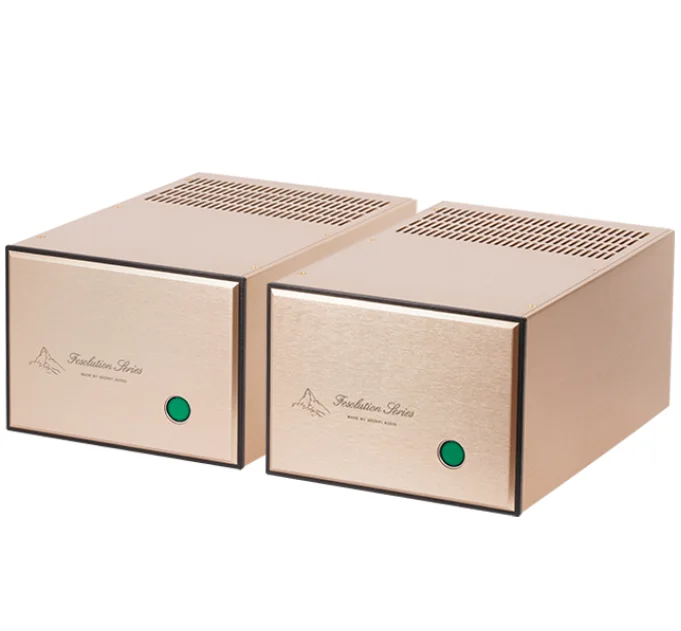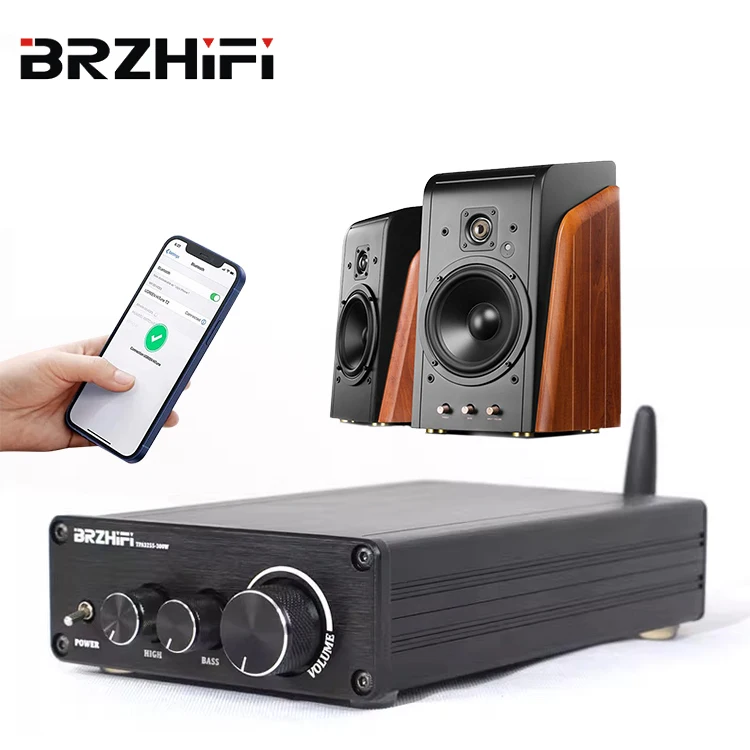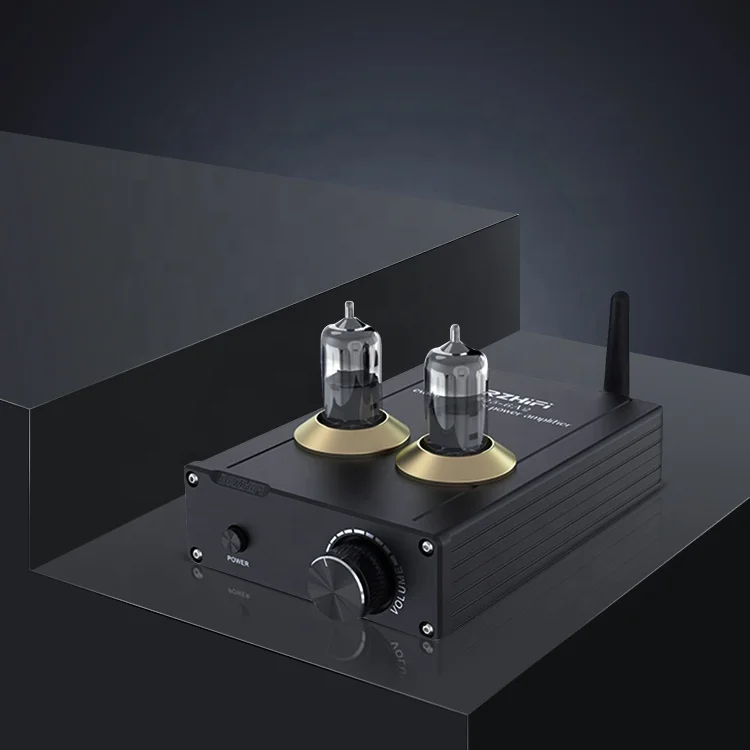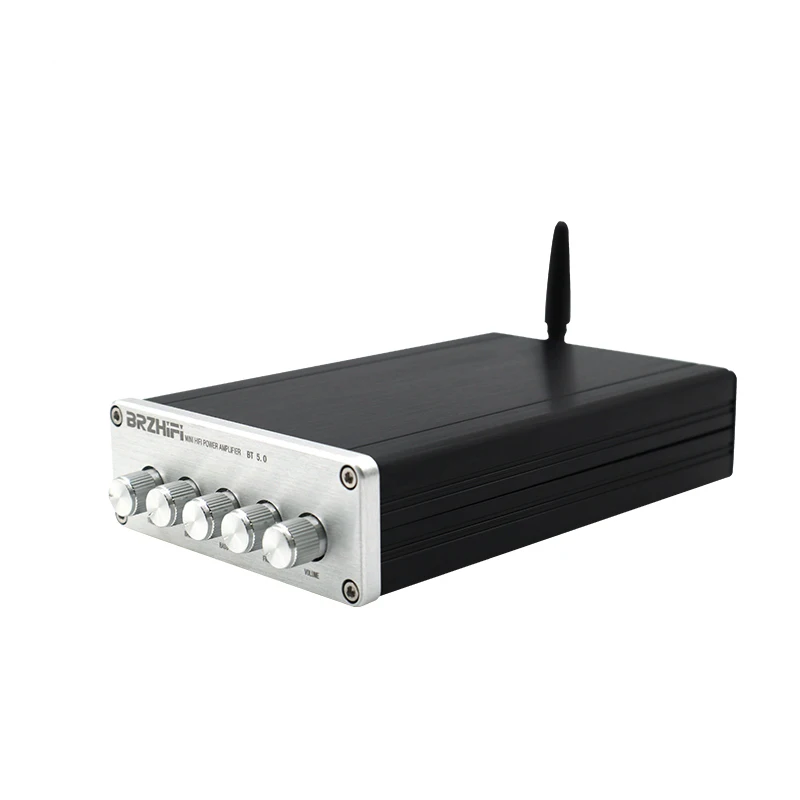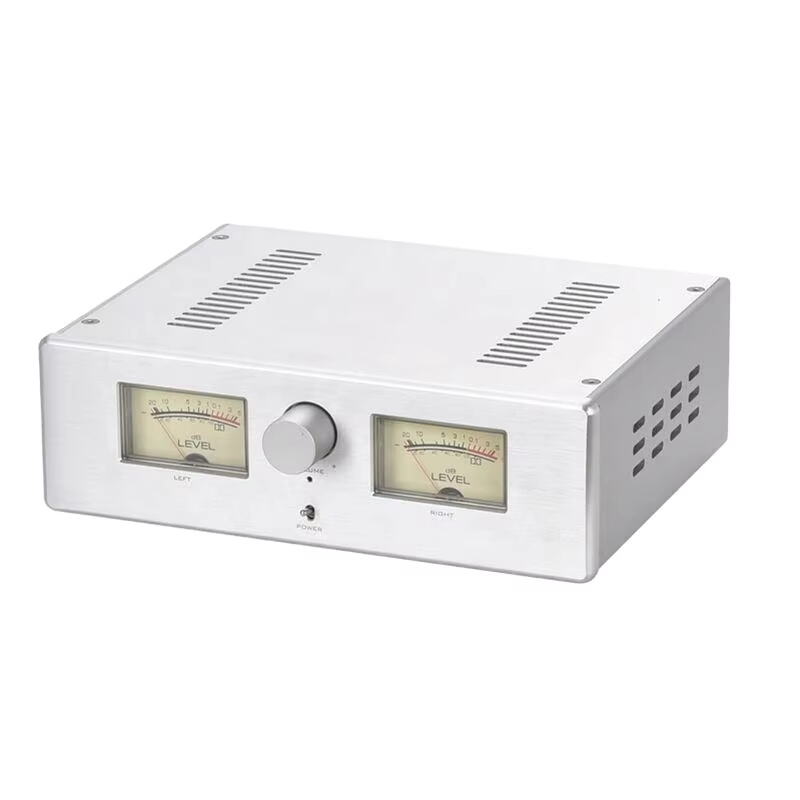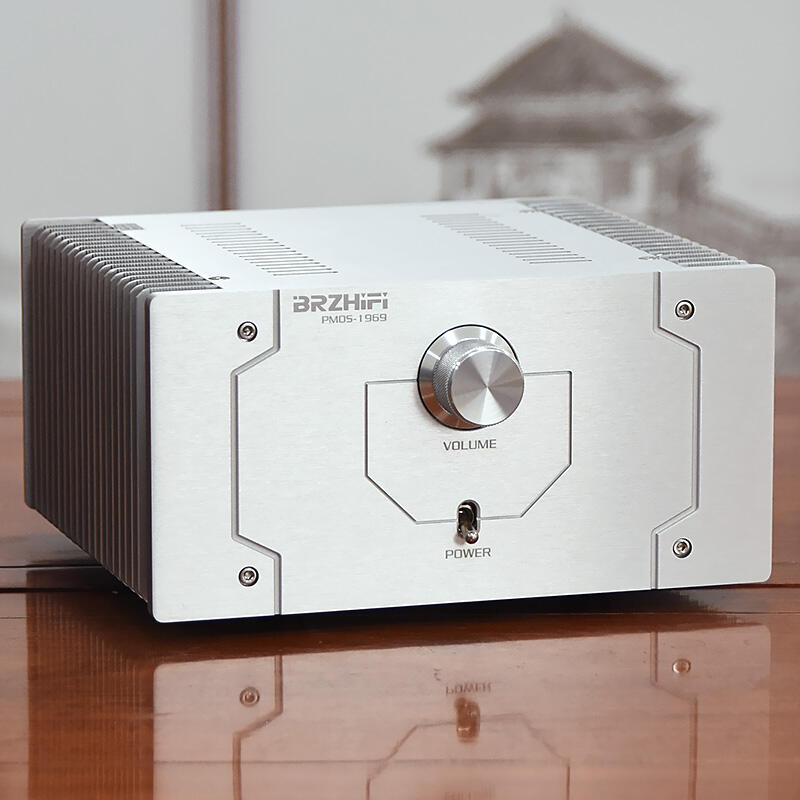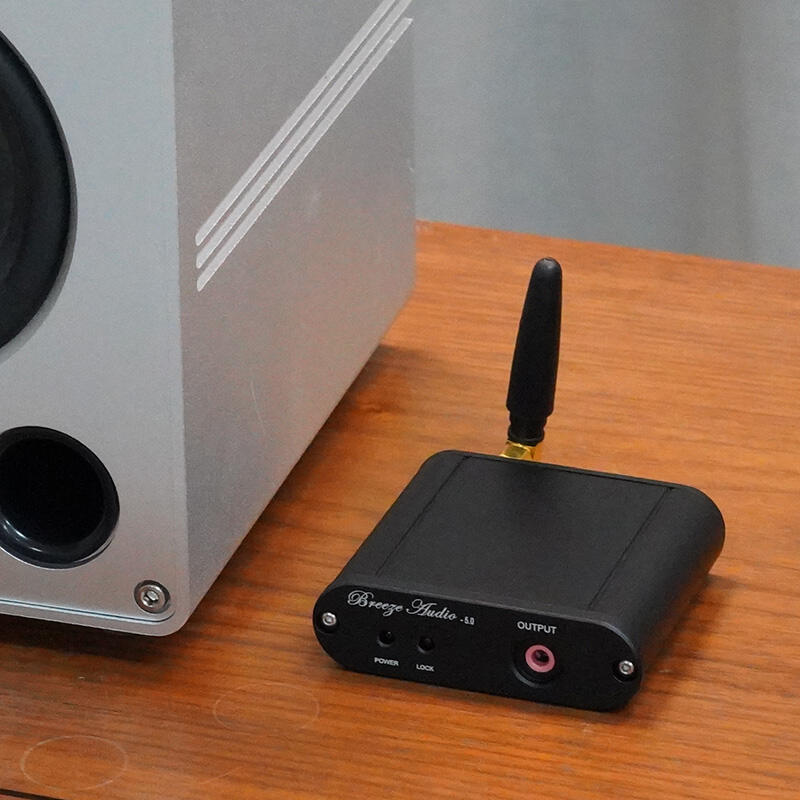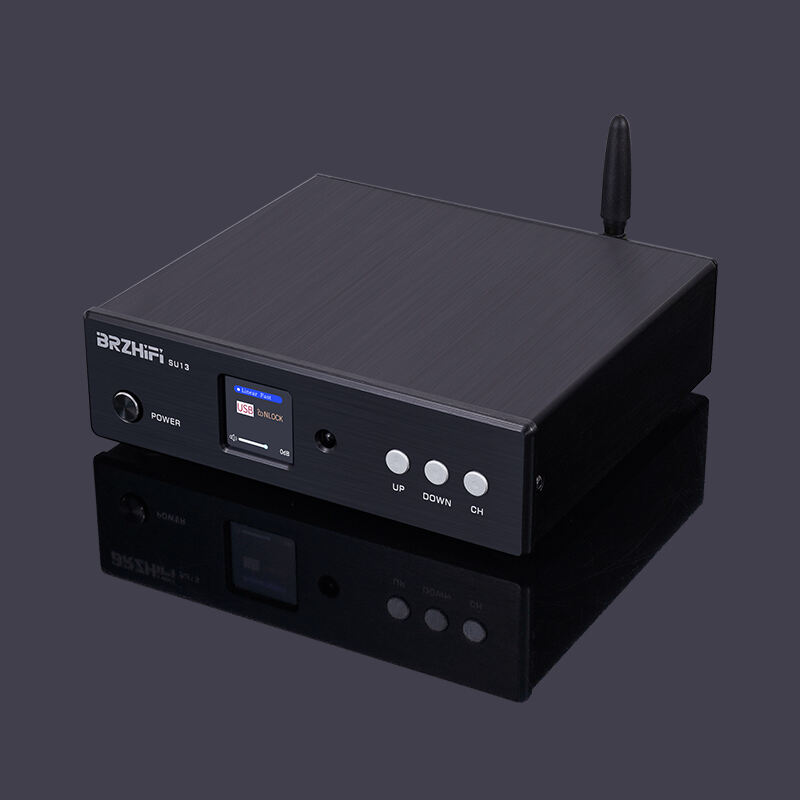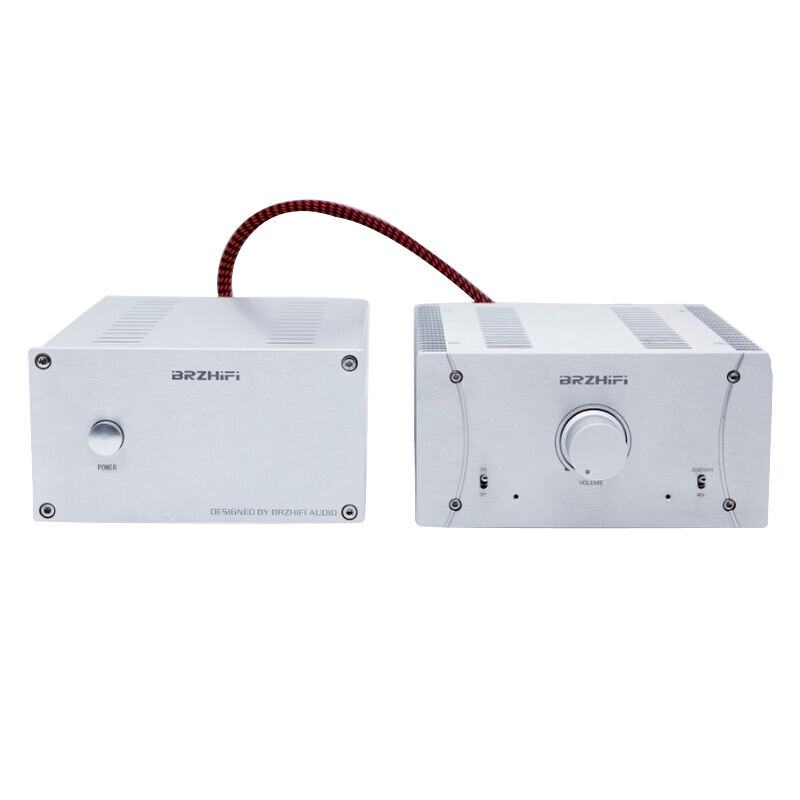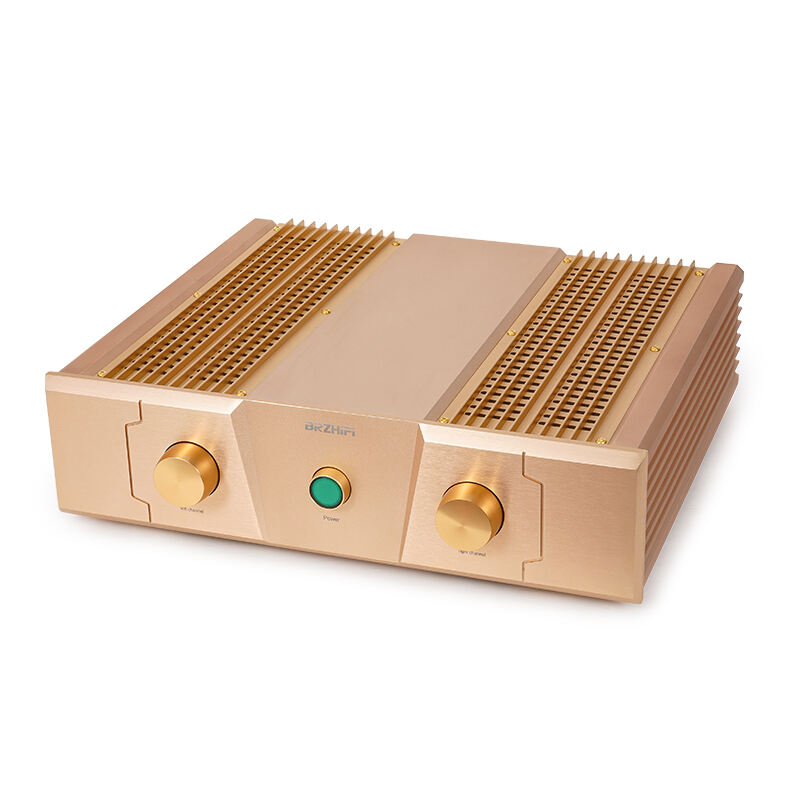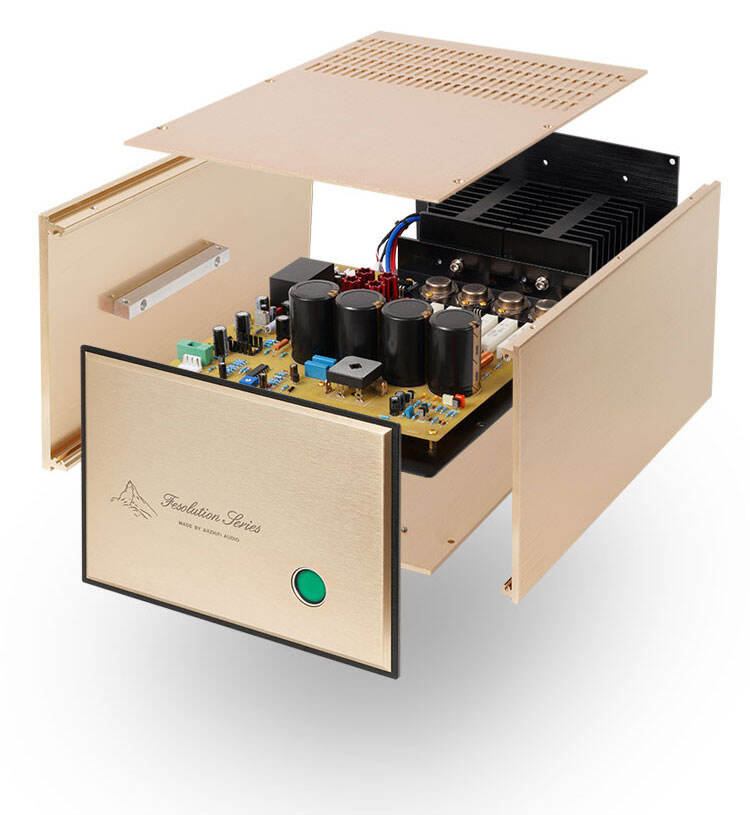class ab amplifier diy
A Class AB amplifier DIY project represents an exciting venture into audio electronics, combining the best characteristics of Class A and Class B amplifiers. This hybrid design operates by utilizing two complementary transistors, each handling different portions of the input signal waveform. The amplifier conducts through both transistors during the crossover region, effectively minimizing distortion while maintaining reasonable efficiency. When constructing a DIY Class AB amplifier, enthusiasts can expect to work with components such as power transistors, heat sinks, resistors, capacitors, and a well-designed PCB layout. The build process typically involves careful component selection, precise soldering techniques, and proper thermal management considerations. These amplifiers are particularly valued in high-fidelity audio applications, offering an excellent balance between sound quality and power efficiency. DIY builders can customize their designs to achieve specific power output requirements, frequency response characteristics, and overall sonic signatures. The construction process also provides valuable hands-on experience with electronic principles, including bias adjustment, thermal compensation, and signal path optimization. Modern Class AB amplifier DIY projects often incorporate protection circuits, input buffers, and sophisticated power supply filtering to ensure reliable operation and superior audio performance.

